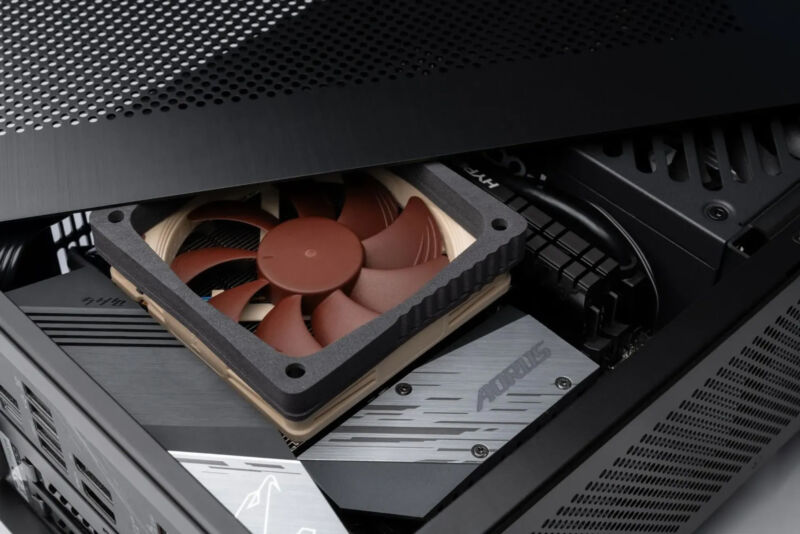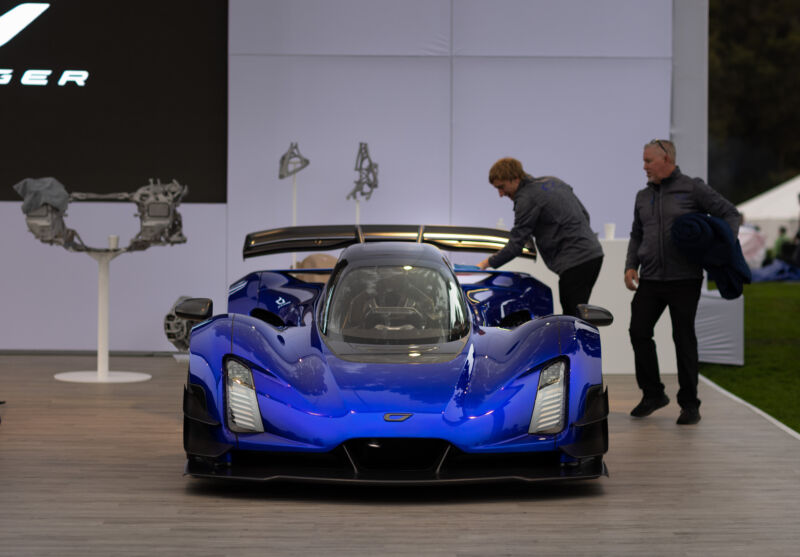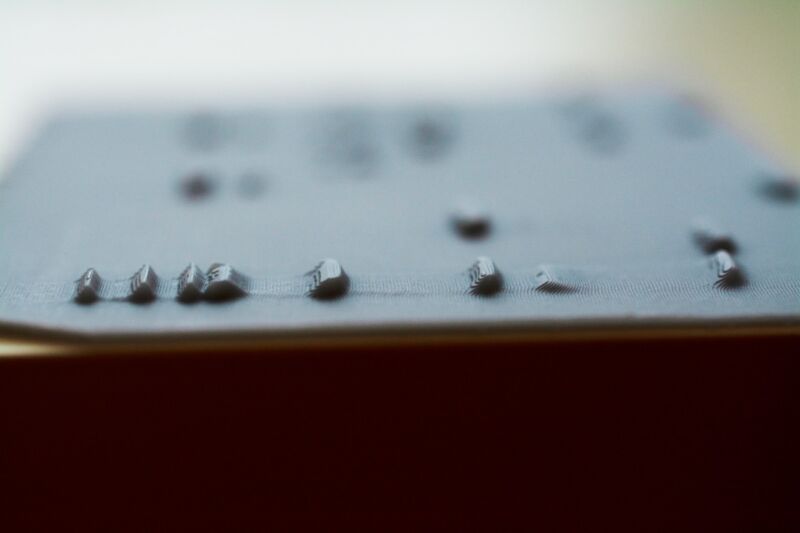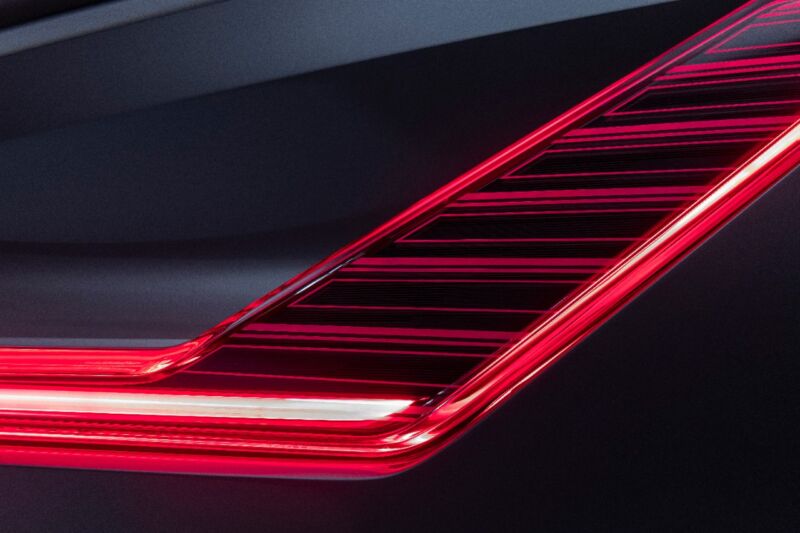-
 chevron_right
chevron_right
Framework, Noctua, and other brands add official 3D models to Printables
news.movim.eu / ArsTechnica · Tuesday, 20 December, 2022 - 19:56

Enlarge / Printables is aiming to build a one-stop site for 3D-printed parts and accessories from brands like Noctua. (credit: Printables.com)
A number of device and accessory brands—including Adafruit, Framework Computer, Noctua, and Raspberry Pi—have started sharing free official 3D-printable models of parts, accessories, and mods on Printables, kicking off what the site hopes is a general trend toward repair-friendly parts and community mods.
Prusa Research, which shifted its PrusaPrinters site to Printables.com in March, writes that it had been "talking with a couple of giants in their respective industries" before launching a new section of the site, Brands . Giving customers the option of locally printing certain parts reduces inventory and shipping needs. By doing so, the company writes, that "makes it easier for brands to support the right-to-repair initiative"—and create some cool mods.
"We hope that in a few years, it will be the norm to release 3D-printable models to accompany the brand's products," writes Mikolas Zuza, marketing specialist at Prusa Research.




